North Carolina’s Trails
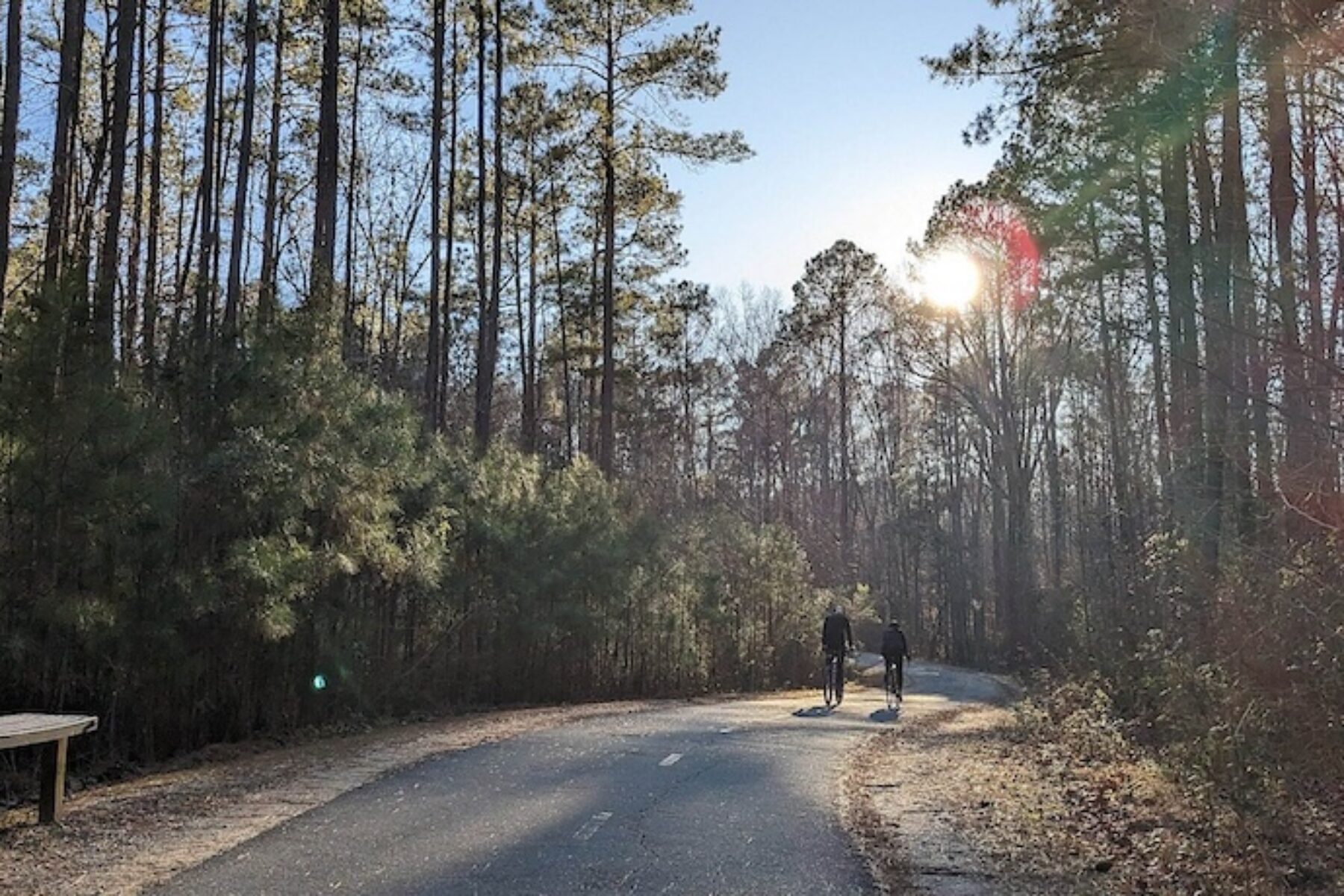
Trails are a vital part of North Carolina’s infrastructure, providing significant health, economic and transportation benefits and serving as the cornerstone of the state’s $28 billion outdoor recreation industry. In celebration of its status as a growing hub of trails connecting North Carolina’s communities and treasured natural and cultural assets, the state legislature designated 2023 as the “Year of the Trail.” Special programs and events to promote trails—as well as recognize the volunteers that have played an integral role in these important projects—will take place throughout the year in all the state’s 100 counties. The Great Trails State Coalition (greattrailsnc.org) will be spearheading these efforts and continuing its work to ensure ongoing funding for trails in the state budget. Here’s a look at five of North Carolina’s trail gems.
Special thanks to Beth Heile, executive director of Friends of the Fonta Flora State Trail, for her assistance in the creation of this article.
Mountains-to-Sea Trail
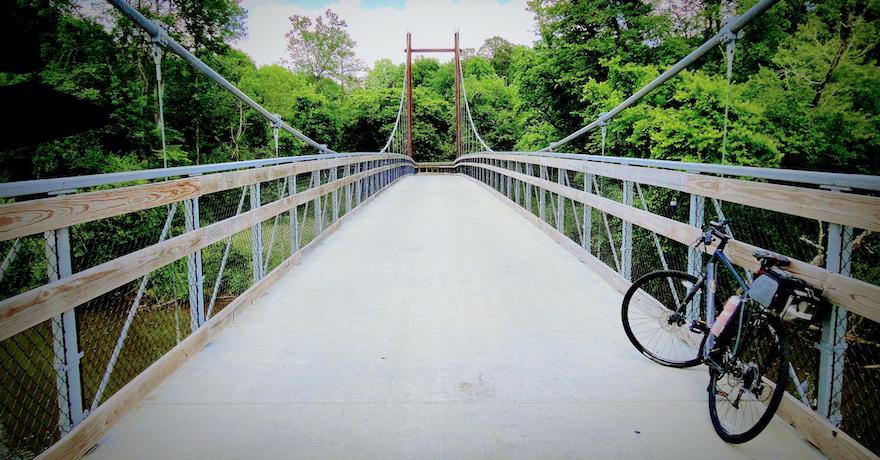
Spanning the breadth of North Carolina, from the Great Smoky Mountains on the Tennessee border to the Outer Banks on the Atlantic, the Mountains-to-Sea Trail is as diverse as the state itself, offering views of majestic peaks, rolling farmland, hardwood and pine forests, coastal swamps and sandy shoreline. Easily accessible from urban and rural areas alike, the vast hiking trail provides an opportunity for people to walk for a few hours, spend a long weekend outside or explore its entire 1,175 miles.
Charlotte Rail Trail
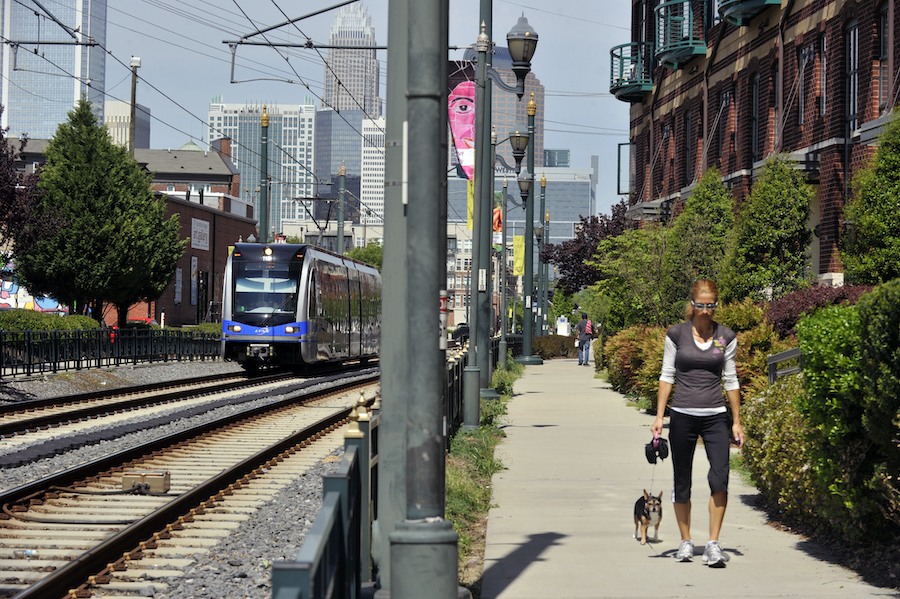
In the heart of North Carolina’s largest city, the Charlotte Rail Trail offers connections to the convention center, sports arena, Charlotte Transportation Center, restaurants and other businesses. Paralleling the city’s LYNX Blue line, the rail-with-trail is accessible from a handful of stations along the way. Trail users can take their bikes on the train, enabling more flexibility and options for commuting and transportation. Travelers can also extend their route with on-road bicycle facilities to reach even more destinations.
American Tobacco Trail
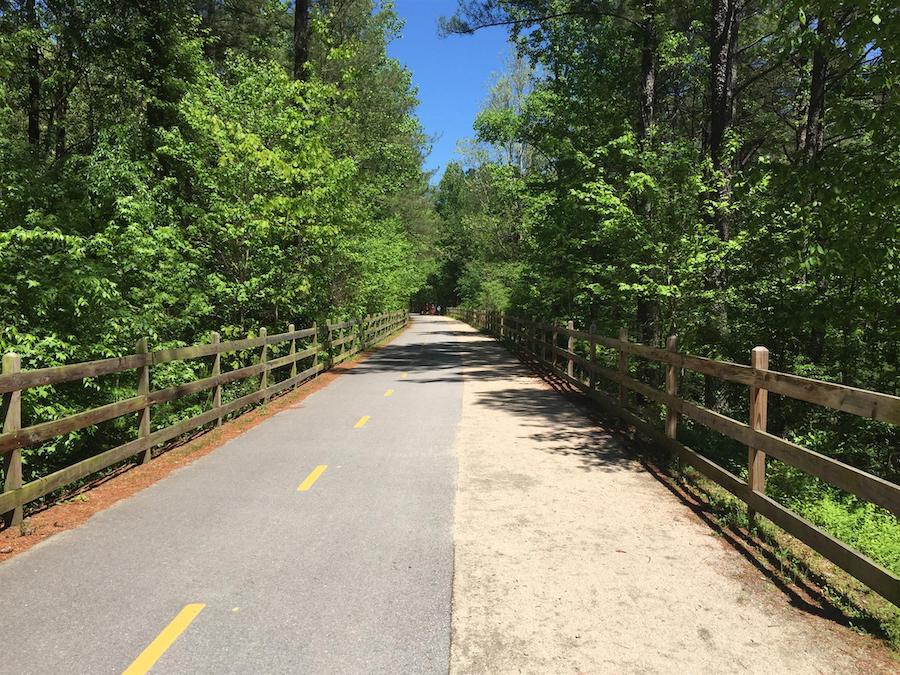
From downtown Durham, the American Tobacco Trail heads south for 22 miles into woodlands and rural countryside. Now a truly multiuse experience for travelers on foot, wheel or hoof, the rail-trail follows a century-old railroad line that once transported tobacco leaf from the surrounding farming communities up to the American Tobacco Company for processing. The route connects three counties in The Triangle area (famed for its three research universities) and ties into the vast East Coast Greenway, a growing trail network stretching from Maine to Florida.
Thermal Belt Rail Trail
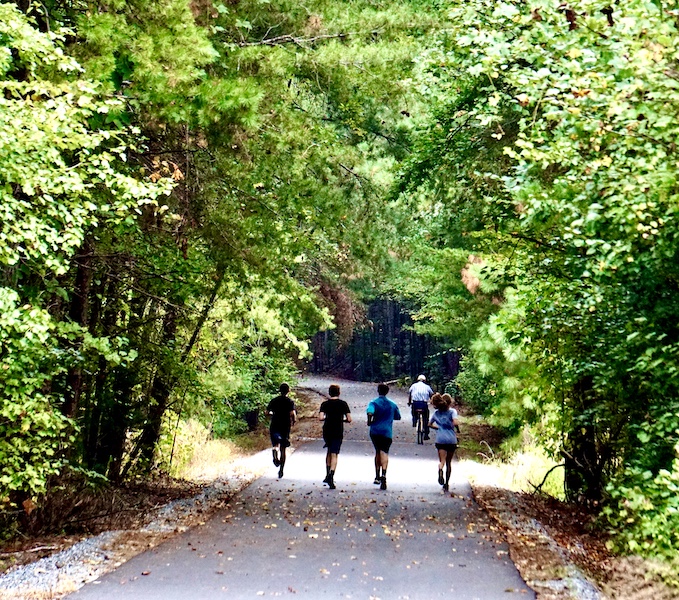
In the southwestern foothills of the state, the 13.5-mile Thermal Belt Rail Trail offers a tree-lined corridor interspersed with the charming downtowns of communities like Forest City, Spindale and Rutherfordton. It also shows off its historical roots with railroad-themed kiosks and a refurbished 1906 bridge. More than $5 million in investment from a local health and wellness foundation and unprecedented cooperation among local governments helped create this regional asset that sees an average of 130,000 trips a year.
Ecusta Trail
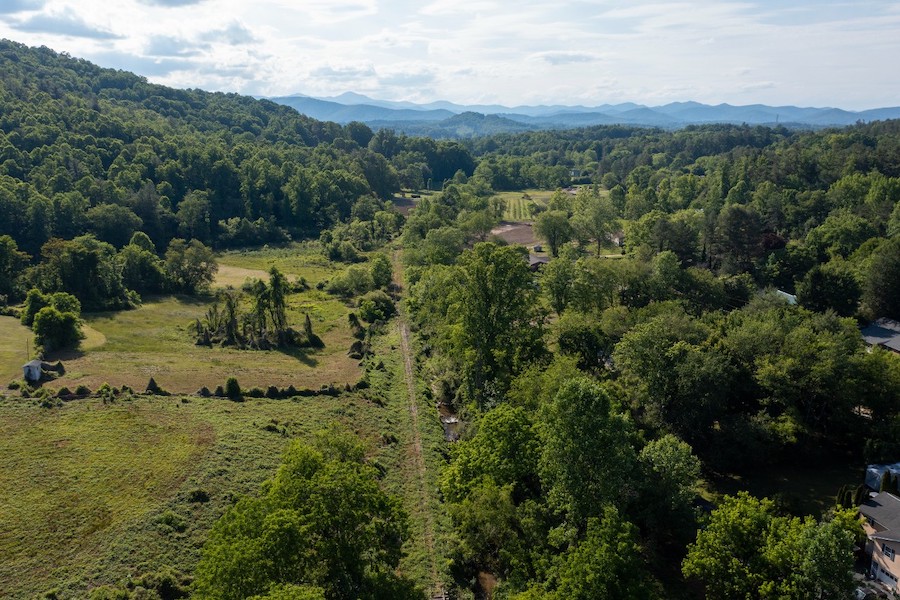
An exciting up-and-comer for North Carolina is the planned 19-mile Ecusta Trail, which will connect the towns of Hendersonville and Brevard in the scenic French Broad River Valley. The project, anticipated to be a signature destination in the state’s Mountain Region, got a boost in August 2021 with the acquisition of the rail corridor by a subsidiary of Conserving Carolina, which—along with local governments and other partners and supporters—is now working to secure the funding needed for the rail-trail’s construction.
Don’t Miss: Top 10 Trails in North Carolina
This article was originally published in the upcoming Winter 2022 issue of Rails to Trails magazine. It has been reposted here in an edited format. Subscribe to read more articles about remarkable rail-trails and trail-networks while also supporting our work.

Donate
Everyone deserves access to safe ways to walk, bike, and be active outdoors.
